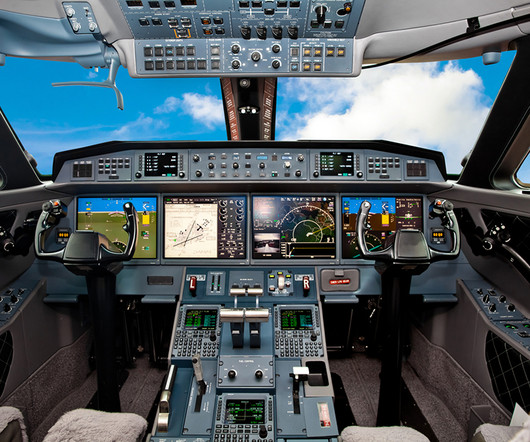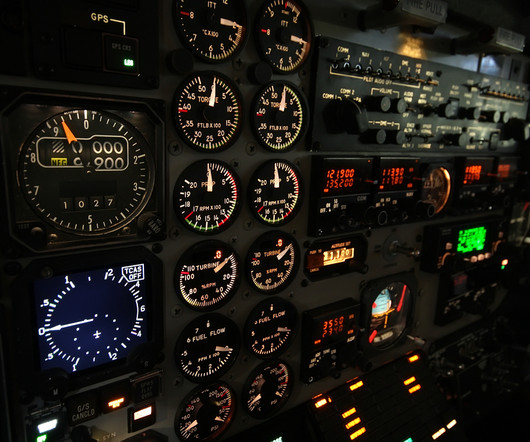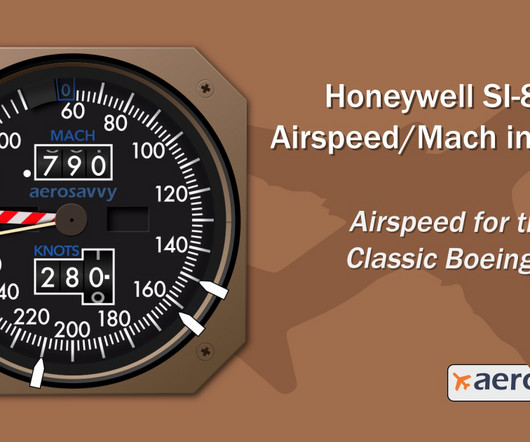Examining over 100 years of flight automation and the history of the autopilot
Aerotime
APRIL 3, 2025
Flying for extended periods of time at the controls of a basic aircraft was hard physical work, and poor weather or mechanical issues could also add to pilot fatigue on longer flights. Generally speaking, a commercial airliner must be equipped with an autopilot if it has a capacity of 20 passengers or greater.










Let's personalize your content